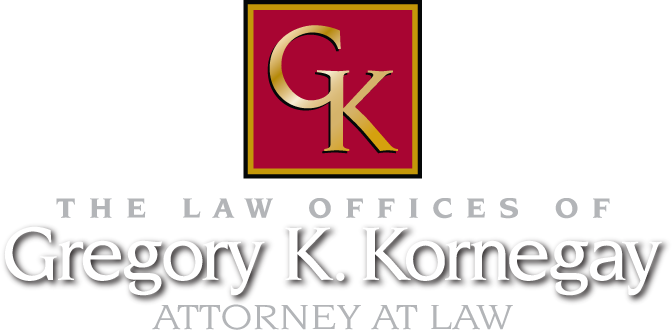Secured Debts
secured debt is a debt that has a lien attached to the property. The property serves as the collateral to secure the debt. The property guarantees payment of the debt – if you don’t pay, the creditor is allowed to take the property. There are two kinds of secured debts: those you agree to, such as a mortgage, and those created without your consent, such as a lien the IRS has against your property because you haven’t paid your taxes.
Examples of liens you agree to:
- Home mortgages – if you fail to pay, the lender can foreclose
- Home equity loans (lines of credit) – if you fail to pay, the lender can foreclose
- Loans for cars, boats, motorcycles RVs – if you fail to pay, the lender can repossess
- Security interests in a major appliance – sometimes, if you buy on credit from a store (i.e., Sears), the store will print on the receipt: “retains a security interest in all hard goods” or the store may make you sign a security agreement when you use their credit card to purchase a hard goods. If you have bought an appliance or other hard good on credit with a lien or security interest attached to the property – you have agreed to let the item purchased serve as collateral for your repayment. If you fail to pay, the lender can repossess the item.
- Personal loans from banks or finance companies – Most of the time, if you take out a personal loan, you must pledge valuable personal property as collateral to secure the loan (i.e., paid off cars or motorcycles, tools or equipment).
Examples of liens you don’t agree to :
- Tax liens – Federal, state and local governments have the power to put a lien on your property if you owe back taxes (delinquent). Normally, the government must record a lien against your property or at least issue a notice of tax lien.
- Judicial liens – you have been sued and have had a judgment recorded against you.
- Statutory liens – mechanic’s lien or materialman’s lien (i.e., hired someone to work on your house or car and have not paid the debt).
What Our Clients Say:
Member:

Attorney Gregory Kornegay
Greg is a trial attorney in Wilmington with over 30 years of experience. Greg was born and raised in southeastern North Carolina. Before law school he managed a store with employees making a payroll every week. His first job out of law school was as an Assistant District Attorney investigating and trying cases for the State of North Carolina. Through the years he has handled many different types of cases – including death penalty cases.
Being married with children has been a blessing and a challenge, but has served him well in understanding the problems individuals and families face as they live out their lives. Greg believes that each case is different and the needs of each client are unique, but there are certain themes of life that we all share.


